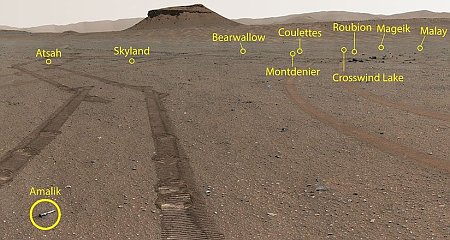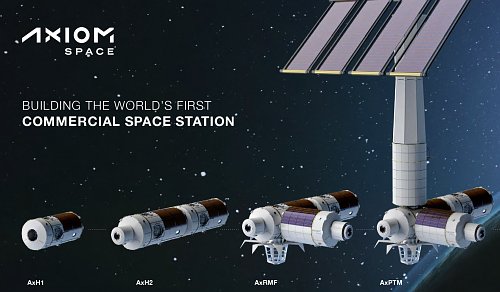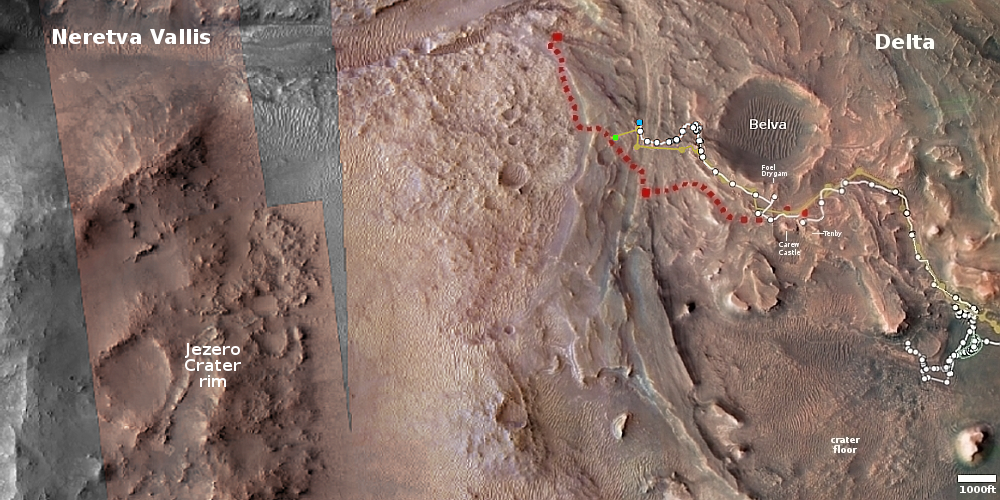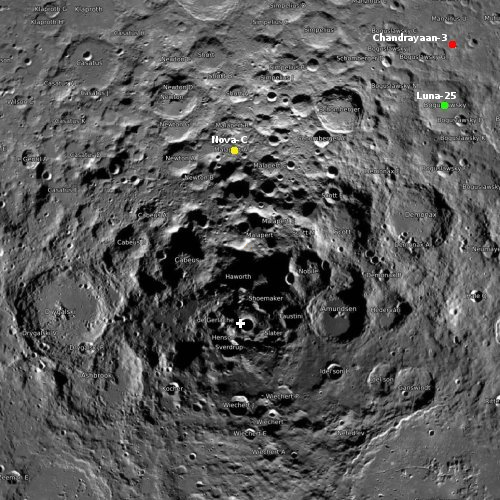NASA to award small contracts to develop universal payload interfaces
NASA yesterday announced a competition to award up to three contracts to companies to develop a universal payload interface that can be used to more easily mount payloads prior to launch.
The NASA TechLeap Prize’s Universal Payload Interface Challenge invites applicants to propose an optimized “system of systems” to enable easy integration of diverse technology payloads onto various commercial suborbital vehicles, orbital platforms, and planetary landers. The proposed universal payload interfaces should seamlessly adapt a wide range of small space payloads – be they technologies, laboratory instruments, or scientific experiments – for flight testing.
A maximum of three winners will receive up to $650,000 each to build their system plus the opportunity to flight test it at no cost. The focus is on achieving a simplified and streamlined payload integration process that has the potential to accelerate future flight-testing timelines.
The idea is to have the same interface for mounting, either on flight testing on Earth (using high altitude balloons, aircraft, or suborbital spacecraft) or in space.
Applications are due by February 22, 2024.
NASA yesterday announced a competition to award up to three contracts to companies to develop a universal payload interface that can be used to more easily mount payloads prior to launch.
The NASA TechLeap Prize’s Universal Payload Interface Challenge invites applicants to propose an optimized “system of systems” to enable easy integration of diverse technology payloads onto various commercial suborbital vehicles, orbital platforms, and planetary landers. The proposed universal payload interfaces should seamlessly adapt a wide range of small space payloads – be they technologies, laboratory instruments, or scientific experiments – for flight testing.
A maximum of three winners will receive up to $650,000 each to build their system plus the opportunity to flight test it at no cost. The focus is on achieving a simplified and streamlined payload integration process that has the potential to accelerate future flight-testing timelines.
The idea is to have the same interface for mounting, either on flight testing on Earth (using high altitude balloons, aircraft, or suborbital spacecraft) or in space.
Applications are due by February 22, 2024.




